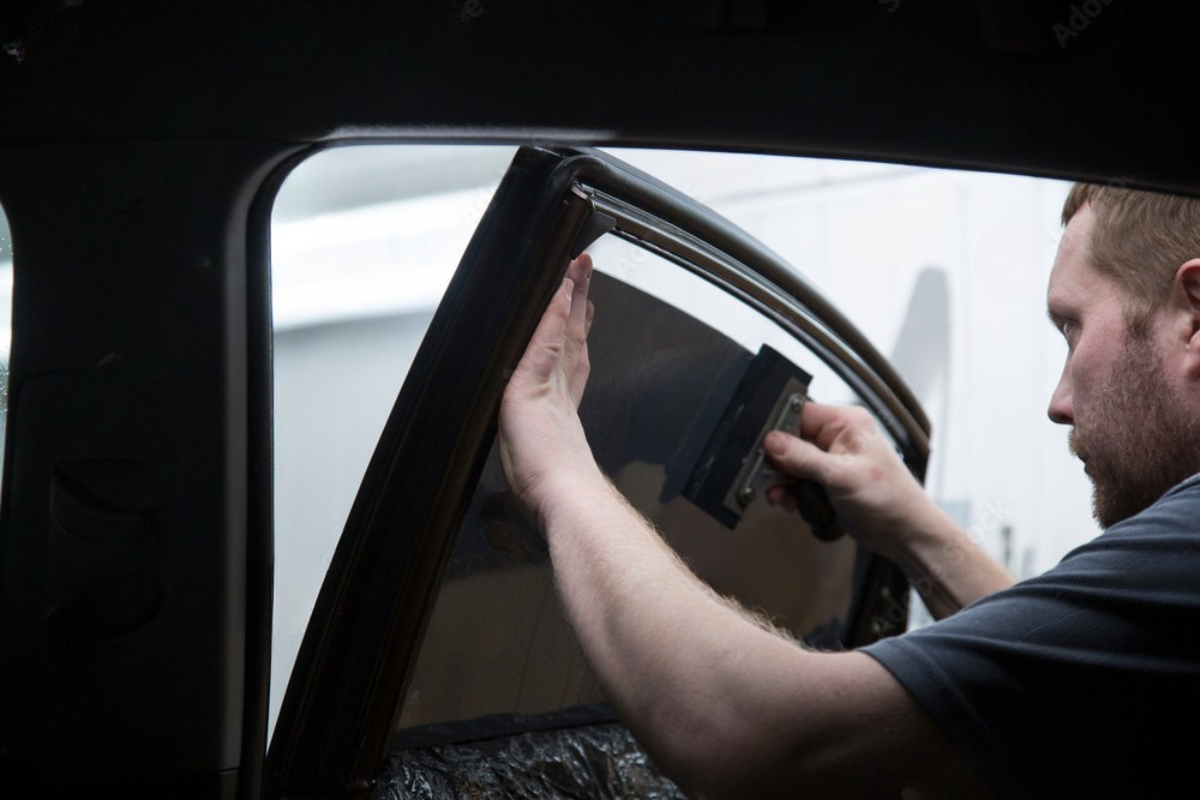New Car? Here’s the Right Time to Get Window Tinting
Nothing beats the smell of a brand-new car. The sleek finish, untouched interior, and flawless glass windows are like a blank canvas waiting to be personalized. But before you hit the highway with your fresh ride, there’s one upgrade you should seriously consider—window tinting. It's more than just an aesthetic upgrade; it's an essential protection layer for your vehicle.
Window tinting enhances your comfort, increases your car's lifespan, and provides safety benefits. But the real question is, when is the right time to tint your windows? Let’s dive into the ideal timing and all the good reasons why you should act sooner rather than later.
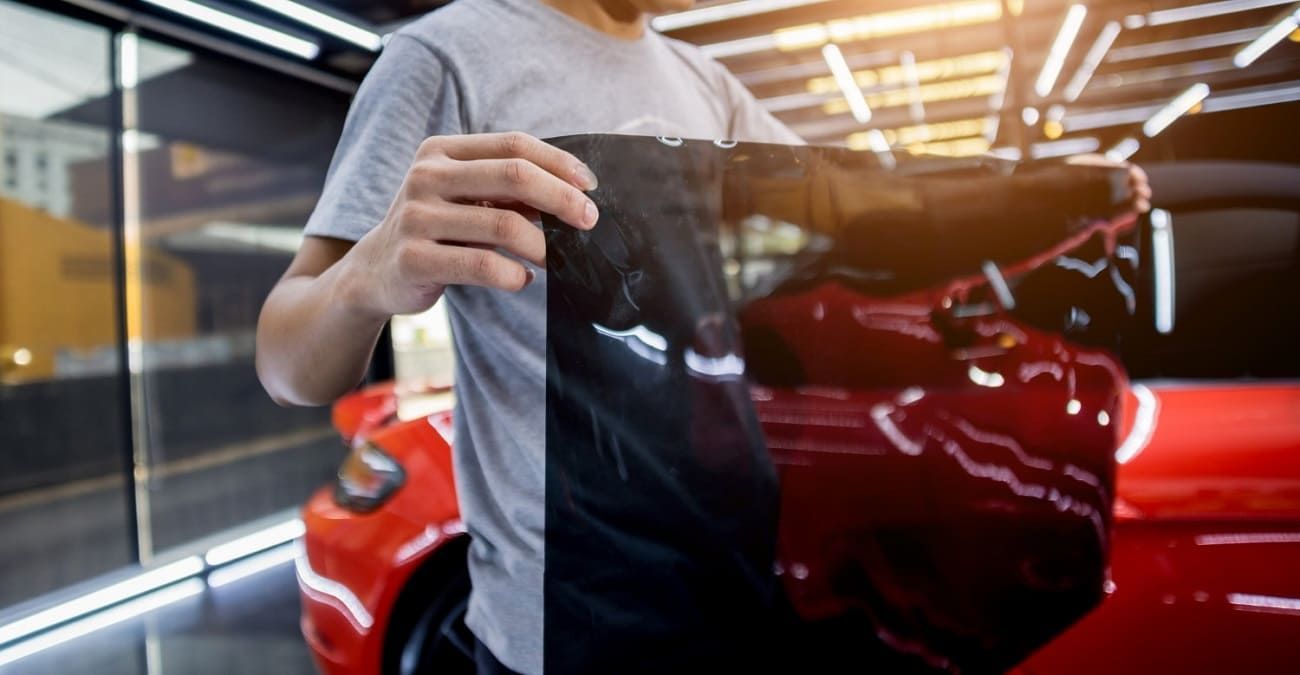
What is Window Tinting?
Window tinting is the process of applying a thin laminate film to the inside of a vehicle’s glass. This film can vary in material and darkness, offering different benefits depending on its type. Whether it's to block UV rays, reduce glare, or simply enhance your car's style, window tinting is a small change with big benefits.
Different types of tints—such as dyed, carbon, and ceramic—offer various levels of protection and performance. Choosing the right type for your lifestyle is crucial, especially for a brand-new vehicle.
Benefits of Window Tinting for New Vehicles
There’s a long list of reasons why tinting your new car should be at the top of your to-do list:
- UV Protection: Blocks up to 99% of harmful ultraviolet rays that damage your skin and fade your interior.
- Temperature Control: Keeps your car cooler, reducing reliance on air conditioning and improving fuel efficiency.
- Privacy and Security: Makes it harder for outsiders to see inside your vehicle, protecting valuables and enhancing personal privacy.
- Aesthetic Value: Adds a sleek and stylish appearance to your car.
All these benefits combined make window tinting an investment worth considering right from day one.
How Soon Can You Tint a Brand-New Car?
You might wonder, “Should I wait before tinting my car?” Actually, you don’t need to wait long at all. Most experts recommend waiting about 3 to 5 days after purchase, just to allow the factory-installed adhesives and materials to settle.
In fact, getting it done early helps you preserve your interior from the start and saves you from potential future expenses caused by sun damage.
Does Tinting Void Your Warranty?
A common misconception is that window tinting will void your car’s warranty. The truth? It doesn’t, as long as it’s done professionally and with high-quality materials.
Dealers may try to scare you into thinking otherwise, but federal law protects your right to modify your vehicle without affecting your warranty. Just make sure to work with a certified service provider.
Factory Tint vs. Aftermarket Tint
Many new cars come with what’s known as “factory tint.” But don’t let that fool you. Factory tint is actually just dyed glass—it offers little to no UV protection.
Aftermarket tints, on the other hand, are applied films that provide true benefits like heat rejection, glare reduction, and security. So if you're thinking “my car is already tinted,” it’s still worth upgrading for real protection.
The Ideal Window Tinting Timeline
The sweet spot for tinting your windows is within the first two weeks of owning your car. Why? Because:
- Your interior hasn’t been exposed to harmful UV rays yet.
- The tint will protect your seats, dashboard, and electronics from fading or cracking.
- It increases resale value by keeping the cabin looking like new.
Don’t wait until you start seeing sun damage—it might already be too late by then.
Climate and Tint Timing
Weather matters when it comes to tint installation. Warmer, sunnier months allow for faster curing times. However, professional installers know how to apply tint year-round with the right tools.
If you live in a hot climate, tinting ASAP can reduce interior heat buildup and keep your car comfortable even during scorching summer days.
Signs You Shouldn't Delay Tinting Your Car
- You feel your steering wheel gets too hot to touch.
- The dashboard is already showing early signs of fading.
- You regularly park in open, sunny areas.
- You want to reduce glare during driving.
If you check even one of these boxes, it’s a clear sign your car needs tinting now.
Professional vs. DIY Tinting
You might think DIY tinting kits can save you money. But unless you have the experience, you could end up with bubbles, creases, or peeling. These mistakes often require costly rework.
Going with a Mobile Window Tinting Service like Tint Integrity gives you professional results with the added benefit of convenience. They come to you—no waiting at a shop, no hassle.
Choosing the Right Type of Tint
Let’s break it down:
Type Benefits
Dyed Budget-friendly, basic UV protection
Metalized Reflects heat, but may interfere with signals
Carbon No signal interference, decent heat reduction
Ceramic Premium choice, top heat and UV blocking
Ceramic tint is often the top pick for new car owners who want the best performance and longevity.
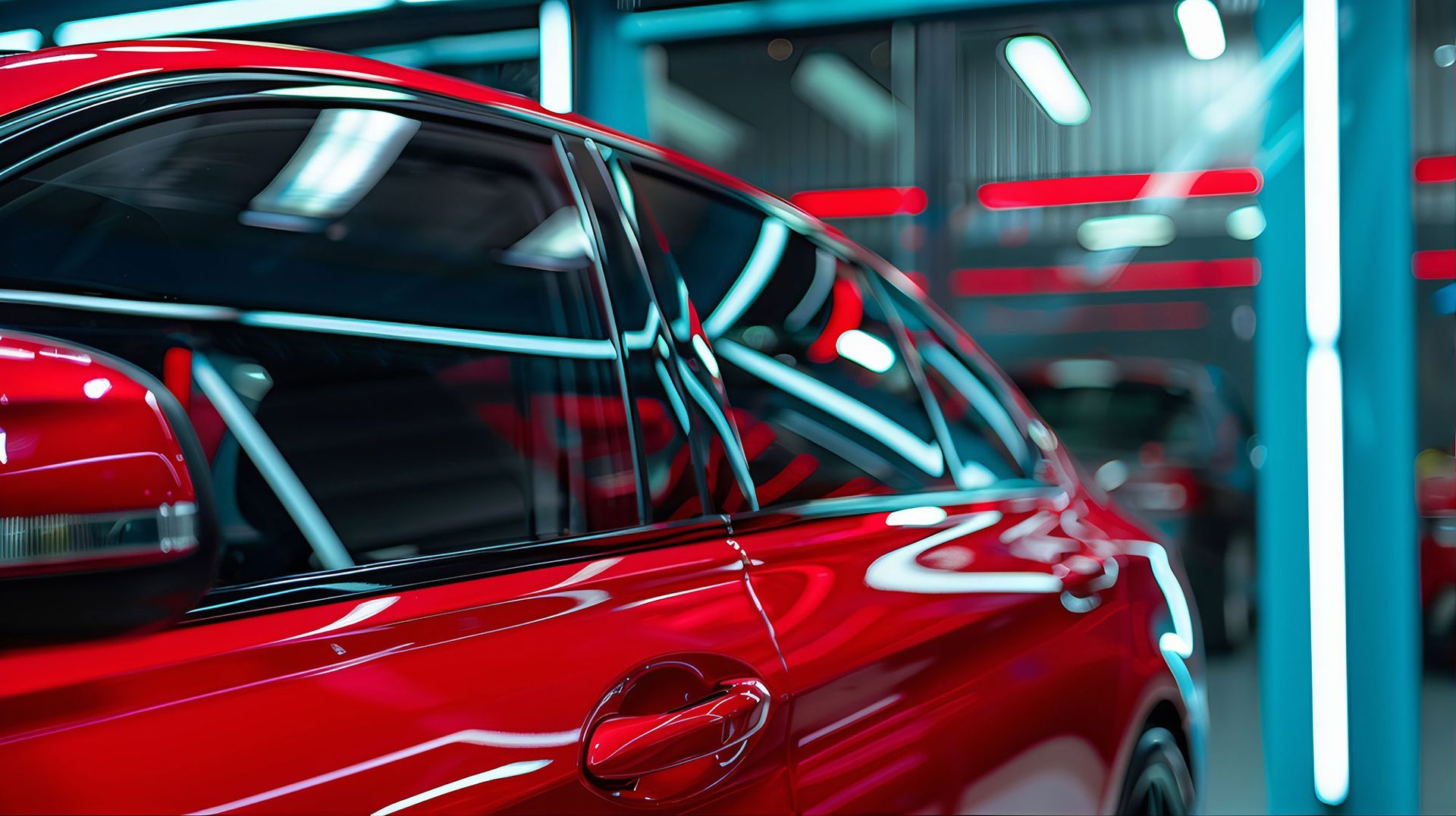
How to Maintain Your Window Tint
Maintenance tips to extend the life of your tint:
- Wait 3-5 days before rolling down windows after installation.
- Use soft, non-ammonia cleaners.
- Avoid rough scrubbing or using sharp tools.
- Park in shaded areas whenever possible.
These small habits go a long way in keeping your tint in top condition.
Mobile Window Tinting Service: A Game-Changer
Don’t want to waste time at a shop? That’s where Mobile Window Tinting Service shines. They come to your home or office and do the job with professional tools, saving you time and hassle.
This is especially helpful for busy professionals or families who don’t want to disrupt their schedules for a tint appointment.
How Long Does Window Tint Installation Take?
For a standard sedan, it typically takes 2–4 hours to complete. SUVs or larger vehicles may take a bit longer. The key is to allow proper curing time, which can take several days depending on weather.
Don’t wash your windows or roll them down immediately after. Patience here pays off in quality and durability.
Legal Tint Limits by State
Different states have different rules about how dark your tint can be. Always check your local regulations or ask your tint provider.
Some states are stricter than others, especially when it comes to front side windows or windshield tinting.
Tint Removal and Replacement
Old or poorly applied tints can peel, bubble, or fade. If your new car has existing tint, it might be worth replacing it with a better-quality film. Professionals can safely remove and reapply without damaging the glass.
Cost Breakdown of Car Window Tinting
Pricing varies based on:
- Vehicle size
- Tint type
- Installer experience
- Mobile vs. in-shop service
On average, you can expect to pay between $200–$600 for a full tint job. Premium ceramic tint usually costs more but offers unmatched benefits.
Where to Get Quality Tinting Services
Choosing a reliable tinting service is crucial. Look for providers with strong reviews, warranties, and experience. For professional and mobile tinting, visit Tint Integrity or get in touch directly via their Contact Page.
FAQs
How soon can I tint my new car?
You can tint it almost immediately—usually within 3–5 days after purchase is ideal.
Will tinting affect my warranty?
No, not if done professionally. Federal law protects your rights.
Is factory tint enough?
Factory tint only changes glass color; it doesn’t offer UV or heat protection.
How long does it take to tint a car?
Typically 2–4 hours depending on vehicle size.
What’s the best type of tint for new cars?
Ceramic tint offers the best performance in terms of heat rejection and durability.
Can I get window tinting done at home?
Yes! With a
Mobile Window Tinting Service, experts come to you.
Conclusion
Getting a new car is exciting—but don’t stop there. Protect your investment from the very beginning with professional window tinting. The right tint not only improves your car's look but also shields it from harmful UV rays, keeps it cooler, and gives you more privacy.
The best time to get window tinting is right after you buy your new car. Don’t wait for sun damage or discomfort to kick in. Let professionals like Tint Integrity handle your tinting needs—right at your doorstep.
Links
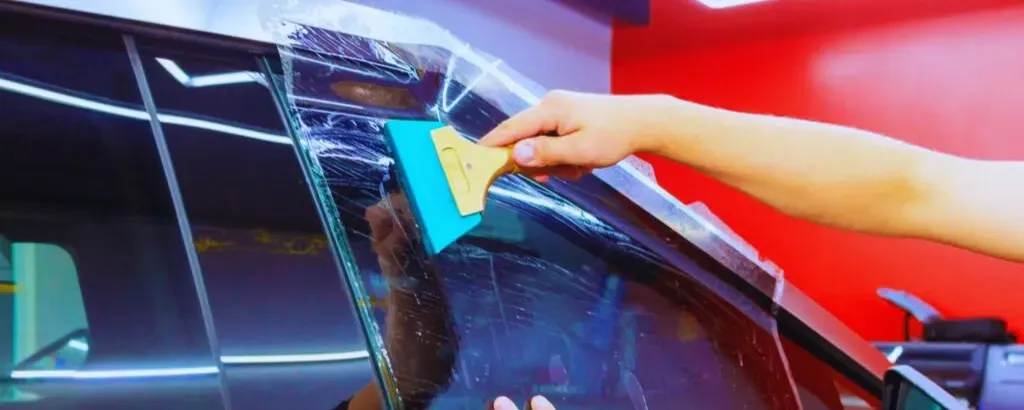
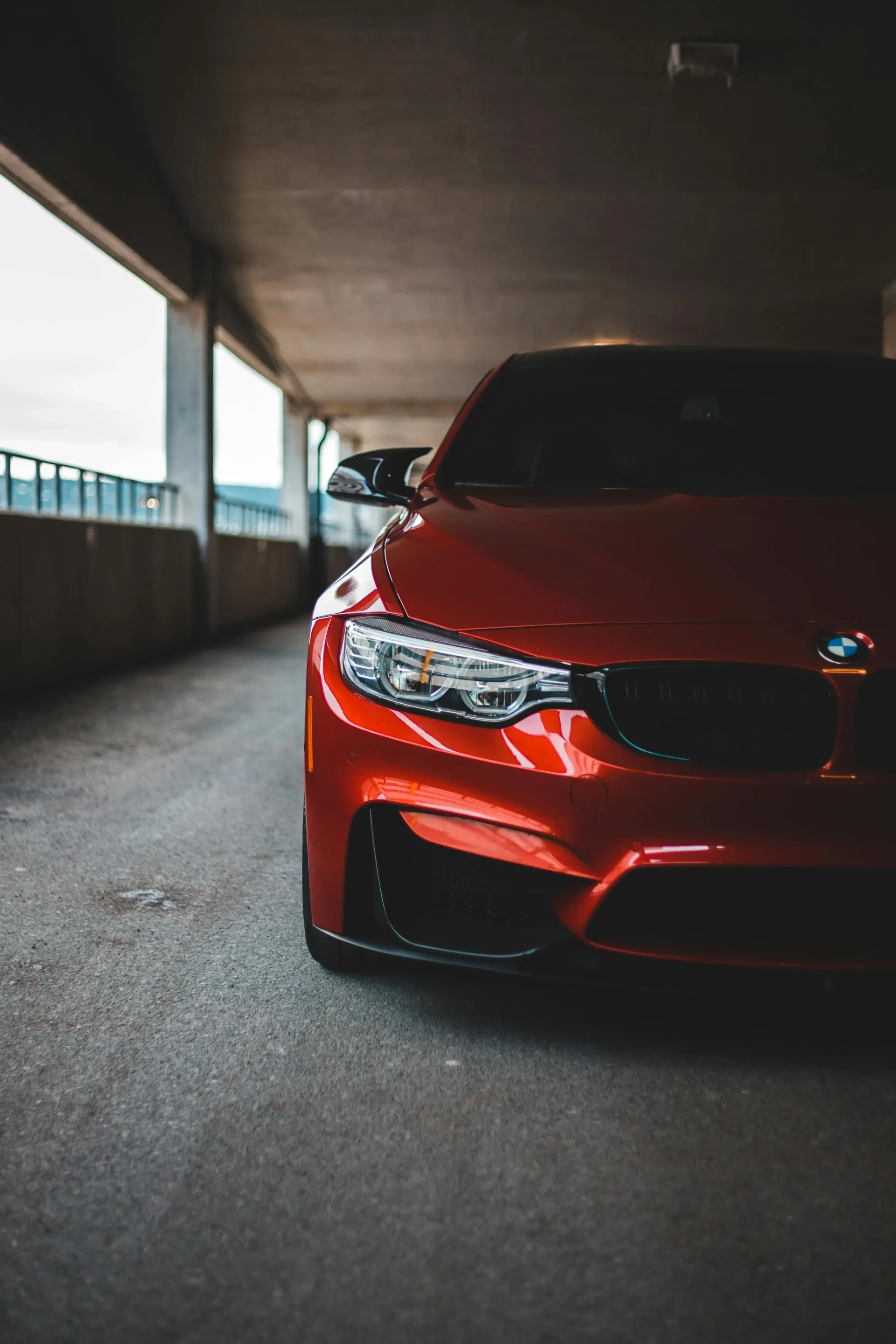
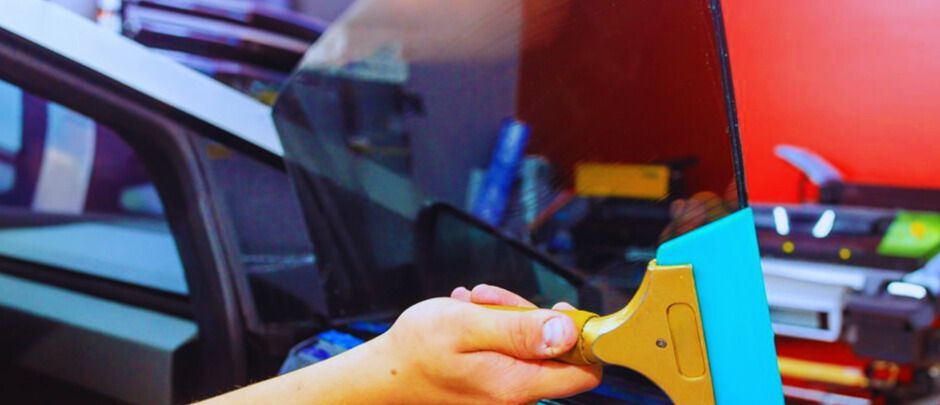
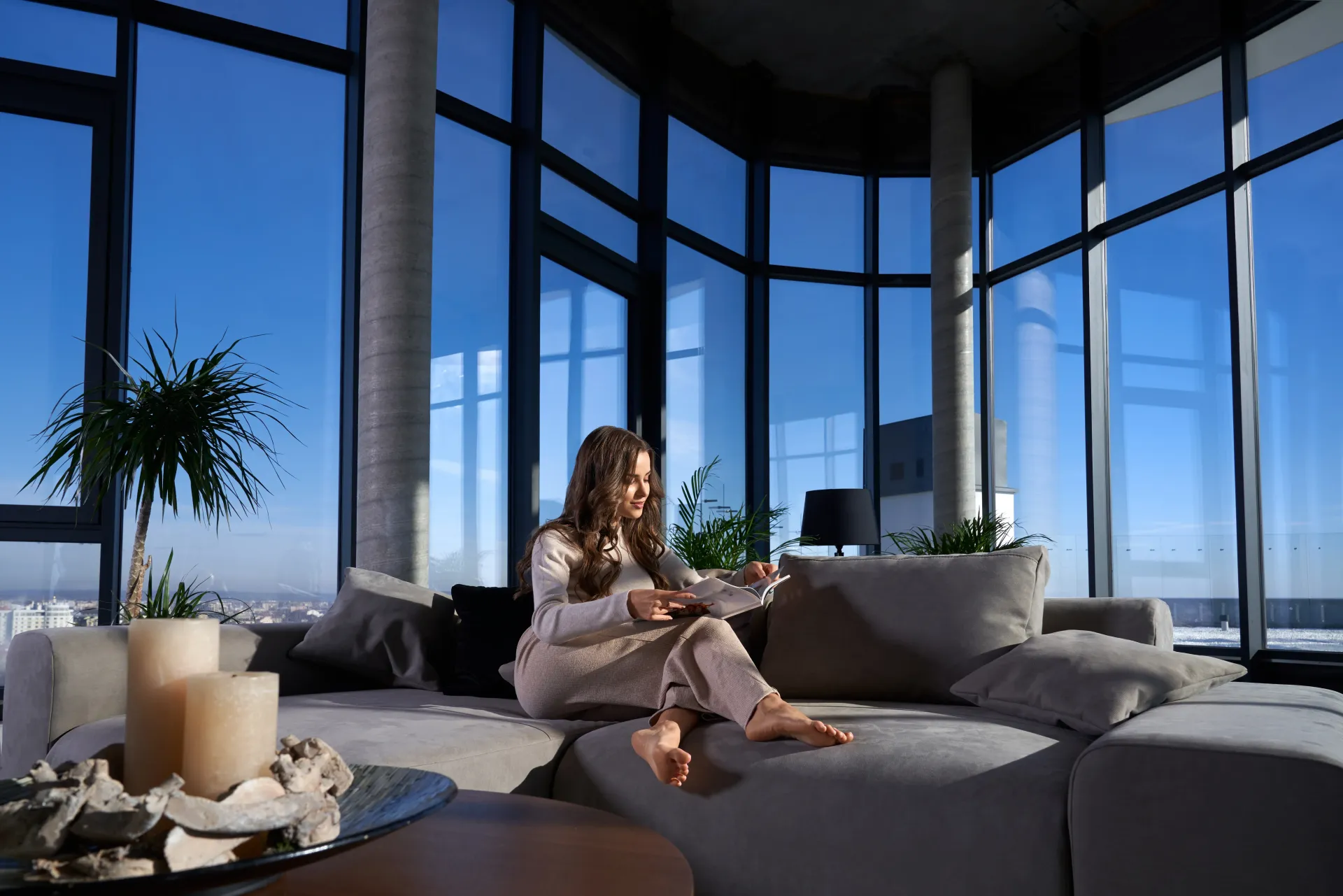

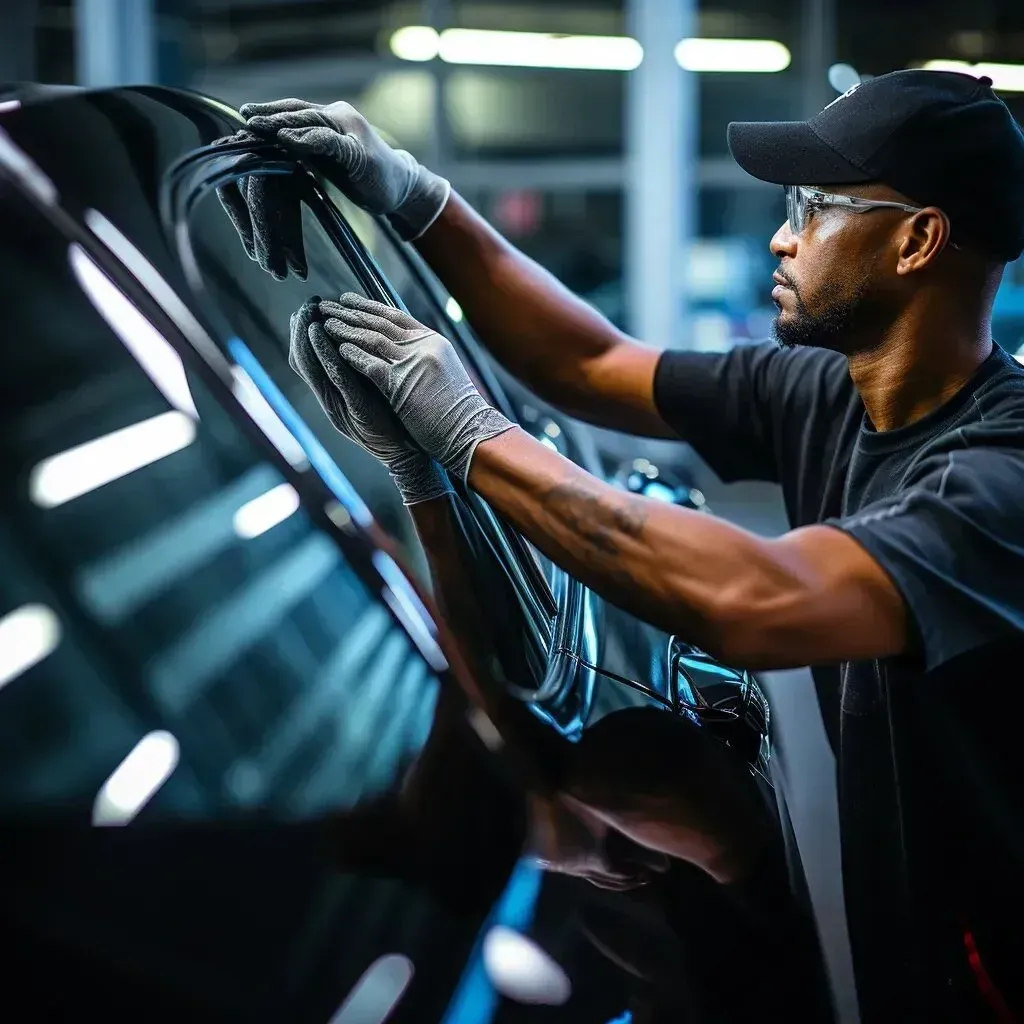
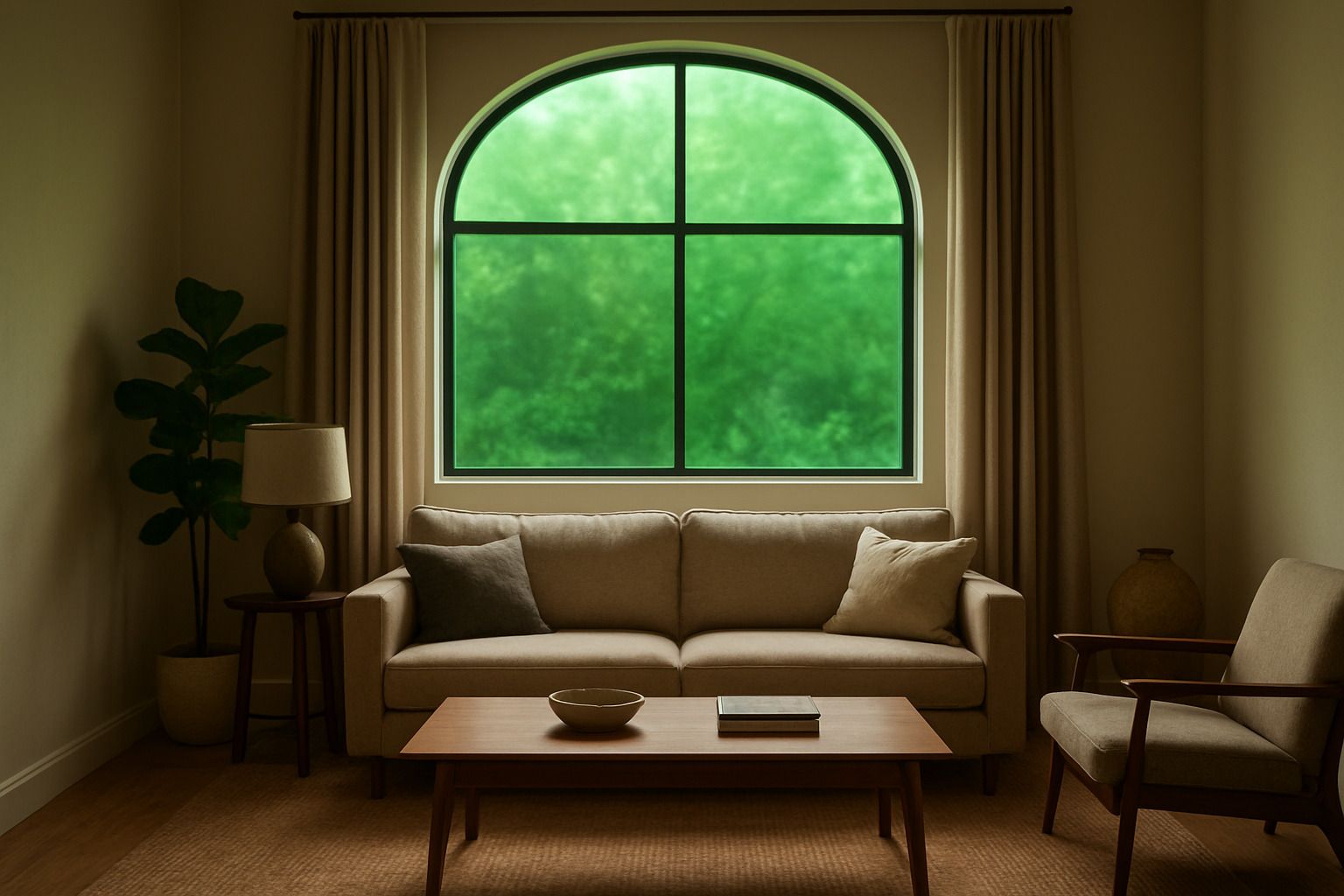
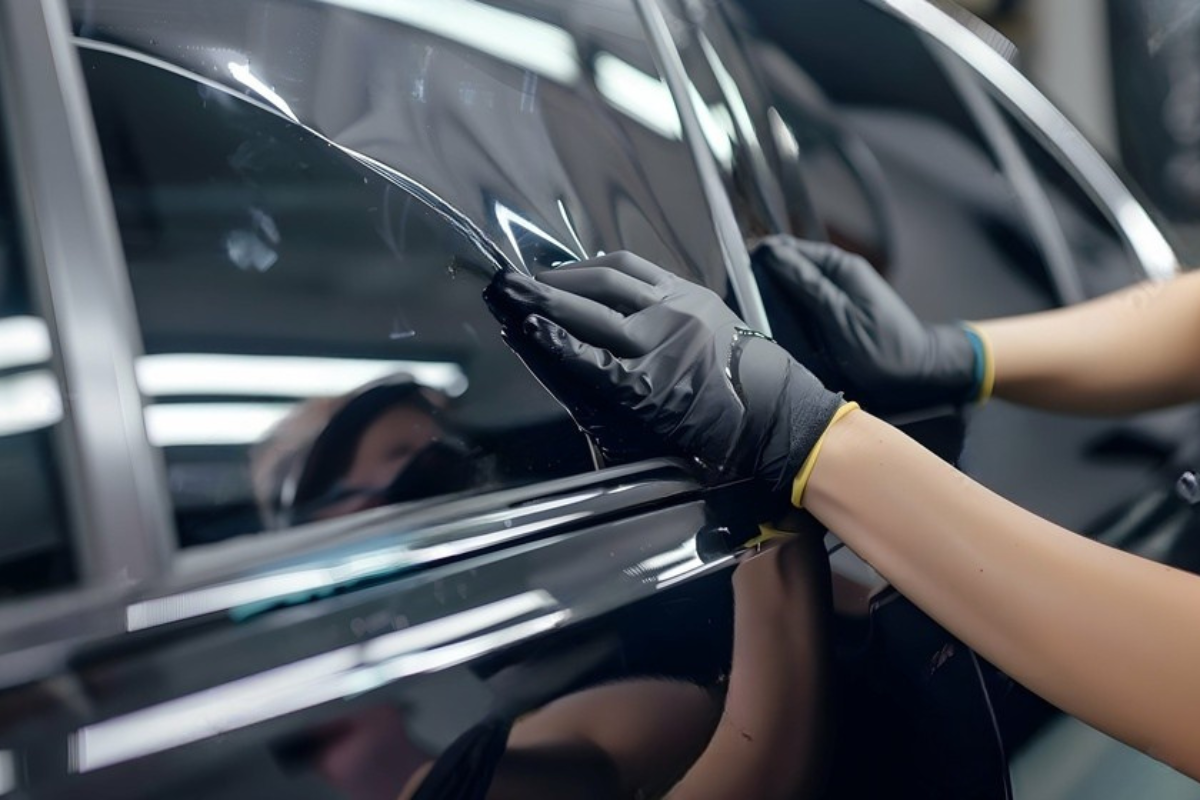
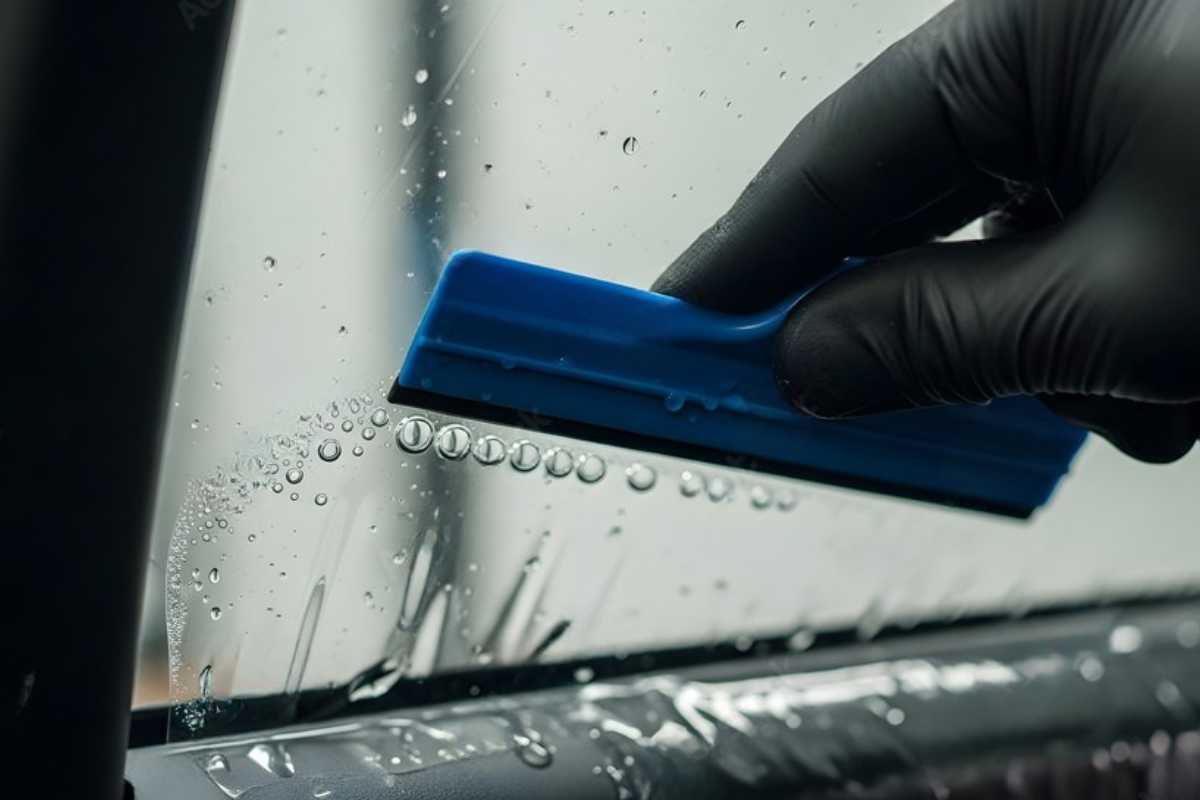
Real Results, Real Durability: Why Cudahy Drivers Trust Tint Integrity for Long-Lasting Window Films
